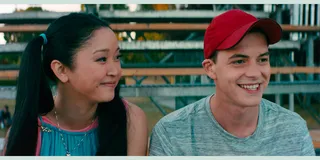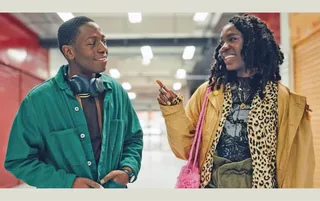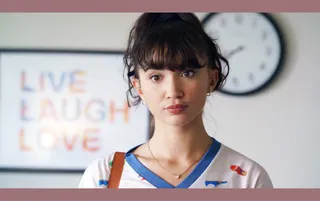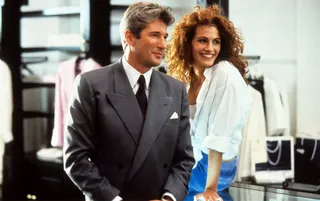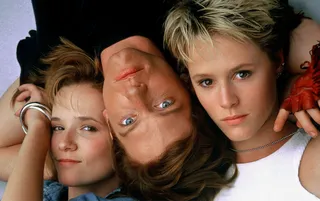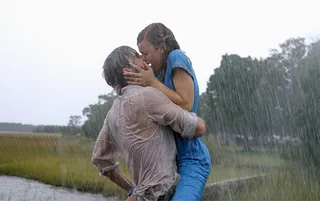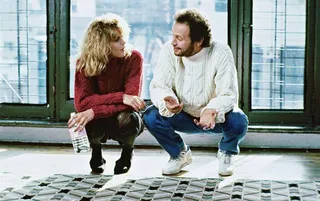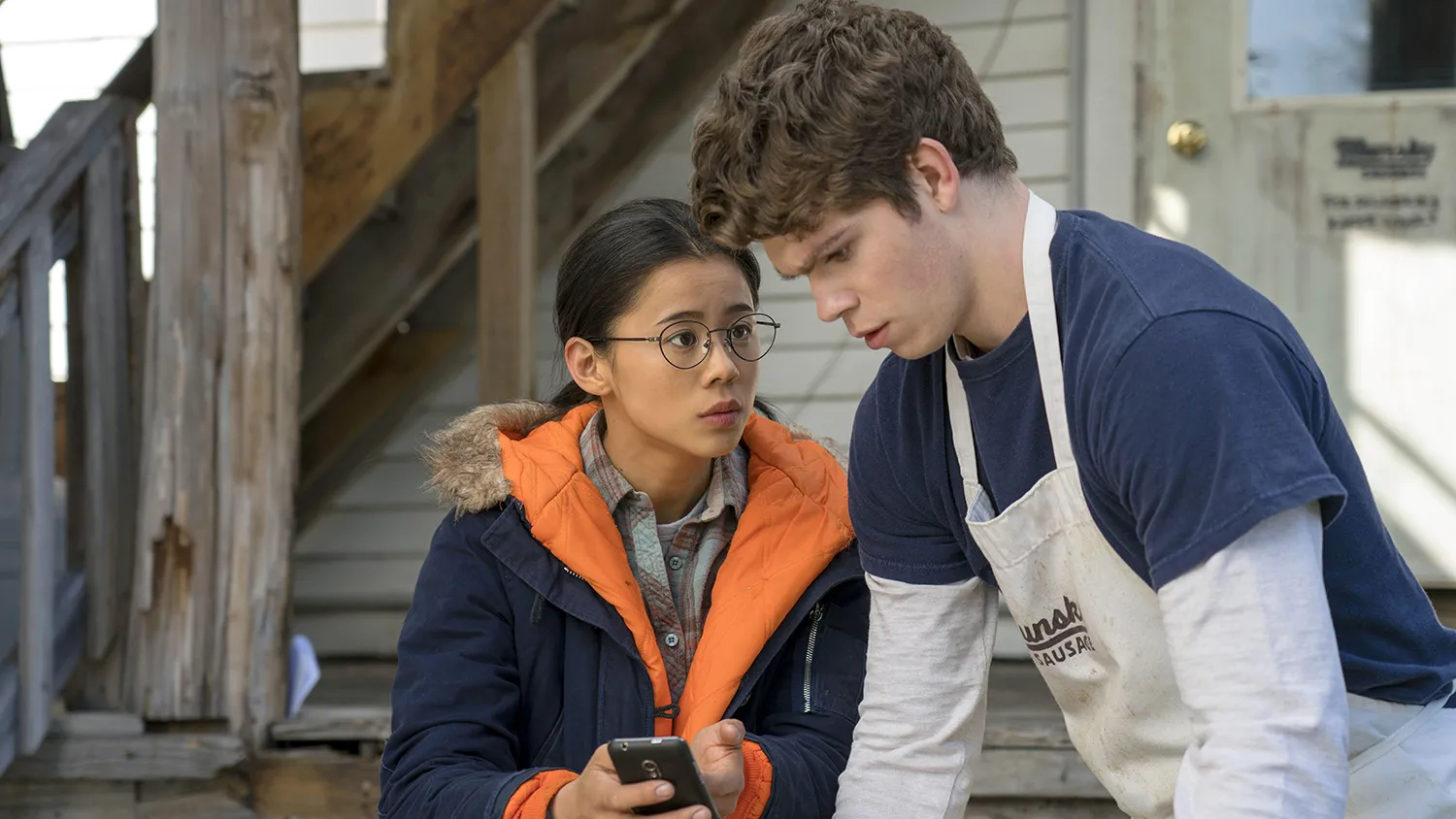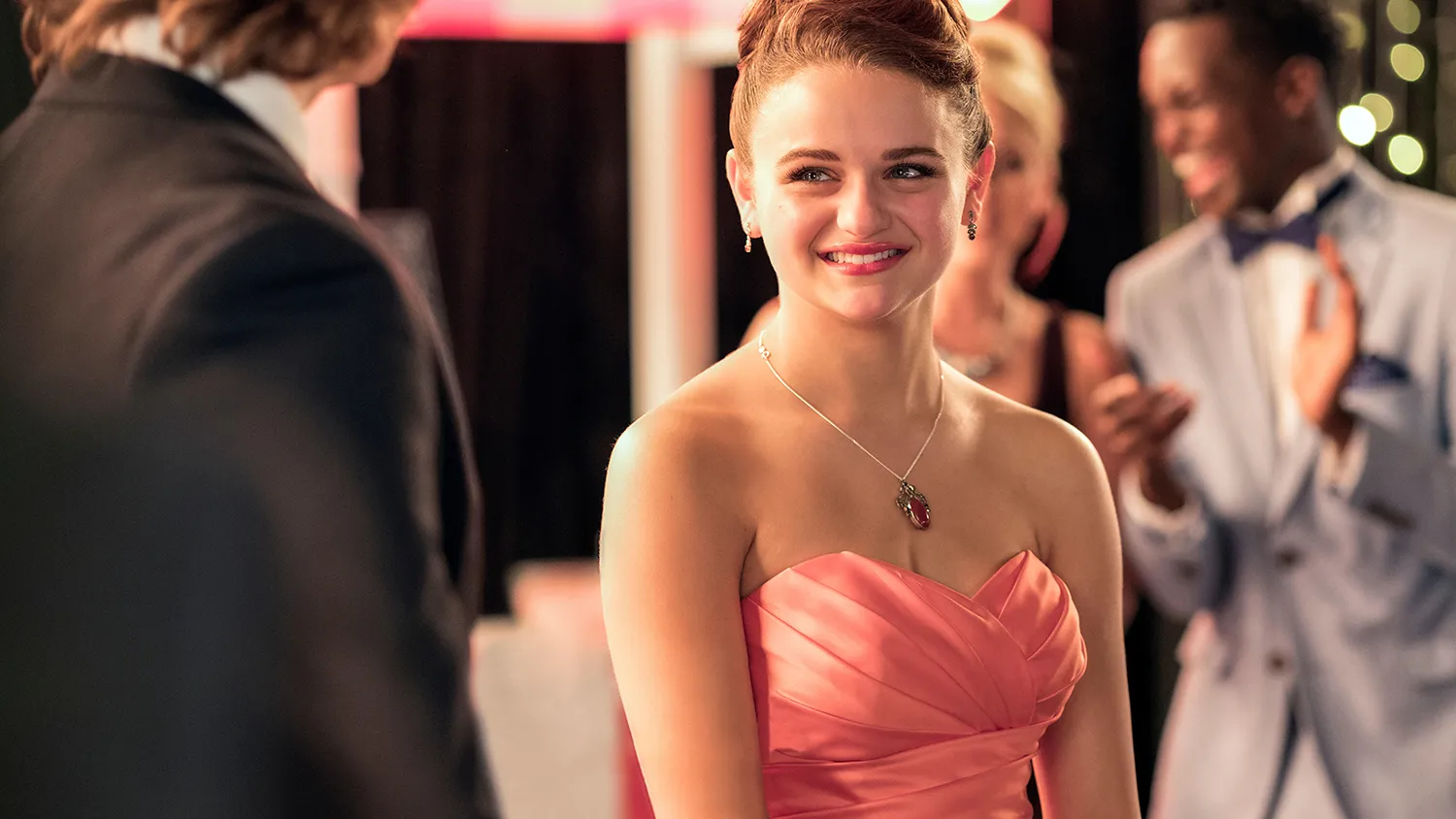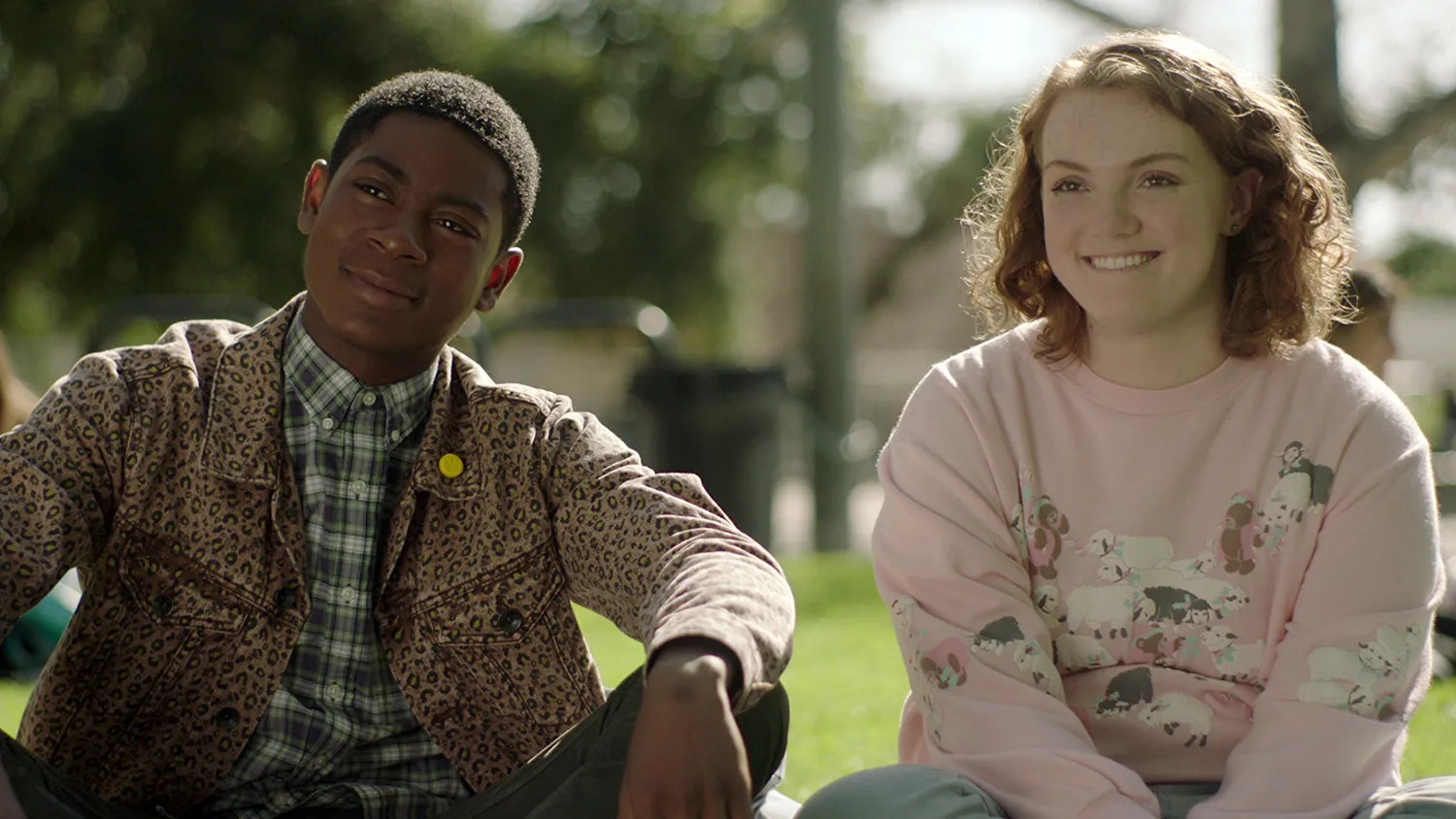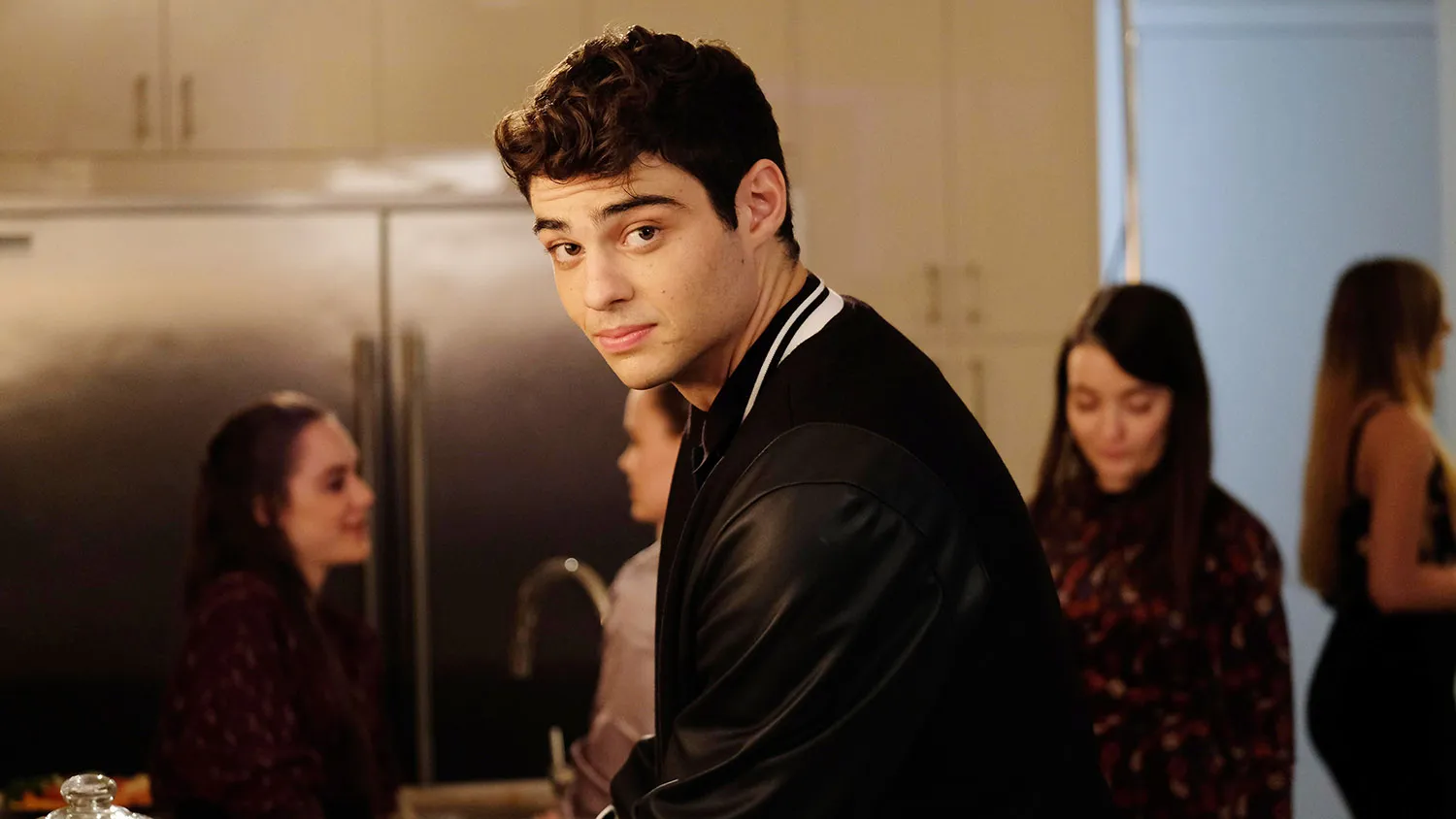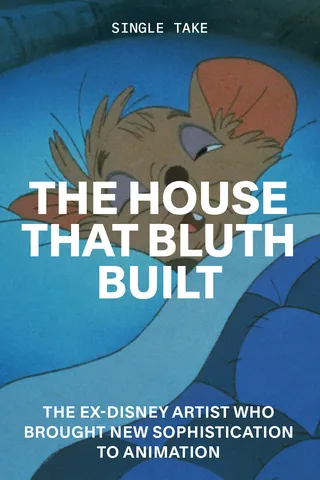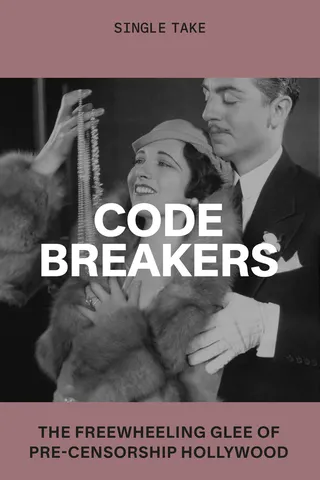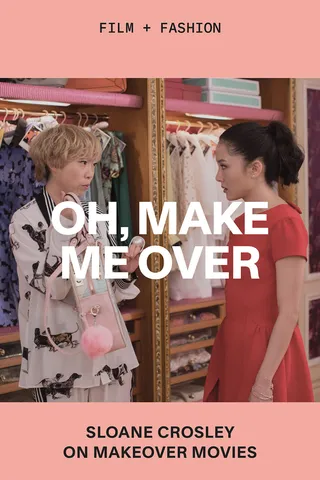Rom-coms with Mom
By Catherine Wheatley
To All the Boys I’ve Loved Before, dir. Susan Johnson, 2018
Rom-coms with Mom
Lessons in modern love from the romances I watch with my daughter
By Catherine Wheatley
May 9, 2025
In my professional, day-to-day life in London, I am a “professor of film and visual culture.” A lofty title for someone who watches and analyzes movies for a living. But I like to think I live up to it, given that I specialize in the kind of slow-moving, hard-to-watch European art films that are often described as “challenging,” “intense” or, in certain quarters, “pretentious.” I don’t do romance, not unless it’s spelled with a capital R and directed by Catherine Breillat.
![]()
Rye Lane, dir. Raine Allen-Miller, 2023
![]()
Crush, dir. Sammi Cohen, 2022
At home, however, jacket and loafers exchanged for a onesie and slippers, I like to join my daughter on the sofa to watch the cheap and cheerful high school rom-coms that she so adores, films such as To All the Boys I’ve Loved Before (2018), The Kissing Booth (2018) and The Perfect Date (2019). We settle down with popcorn and sigh and squeal and clasp hands at the pivotal moment when finally the protagonists smooch.
There’s an expression that appears on my tween daughter’s face whenever characters kiss in movies. Her eyes become damp and sparkly, her cheeks flush, and a sweet, shy smile creeps across her lips as she clutches the couch cushion to her chin. My husband and I find it hilarious. We tease her about it, calling it her “soppy face.”
You might imagine how well this goes down with a spikily adolescent girl. Mortified at being caught out in a moment of naked emotion, she scowls and pauses the screen until we promise to shut up. I love these shared viewings, the girlishness of them. I try not to mention the soppy face. My husband laughs and says I’m doing one too.
“In important ways, love looks different on today’s screens from those of my own childhood.”
The first time I remember seeing the soppy face, my daughter was three years old. We were watching An American Tail (1986), and it wasn’t a kiss that prompted it but a coming together of a different sort, as Fievel, a lost mouse, was reunited with his parents. Concerned to see her so overwhelmed, tears pouring down her cheeks even as she smiled, I asked her what was wrong. “It’s so happy, Mummy!” she sobbed. “It’s too happy!”
It’s lovely to see her so moved. But I often ruin the fun after these viewings by insisting on the unreality of these romance films. I remind my daughter that self-worth comes from self-love, not the love of another (and certainly not the love of a horny teenage boy!). I tell her that all these relationships are setting her up for a lifetime of disappointment, instilling in her a set of troublesome templates: the enemies-to-lovers, the friends-to-lovers, the cheesy grand gesture, the dreaded nerdy-girl makeover.
She rolls her eyes as I insist on pointing out how very white and heteronormative many of these films are, piously citing critics such as Laura Mulvey and bell hooks. Little matter that countless feminist critics have defended the genre, women whose work I respect—the scholars Deborah Jermyn and Tamar Jeffers McDonald; journalist Hadley Freeman; and filmmaker Elizabeth Sankey, whose smart documentary Romantic Comedy (2019) reclaims the genre from the gendered snobbery of white male reviewers (or indeed, white female scholars of visual culture). A certain unease lingers for me.
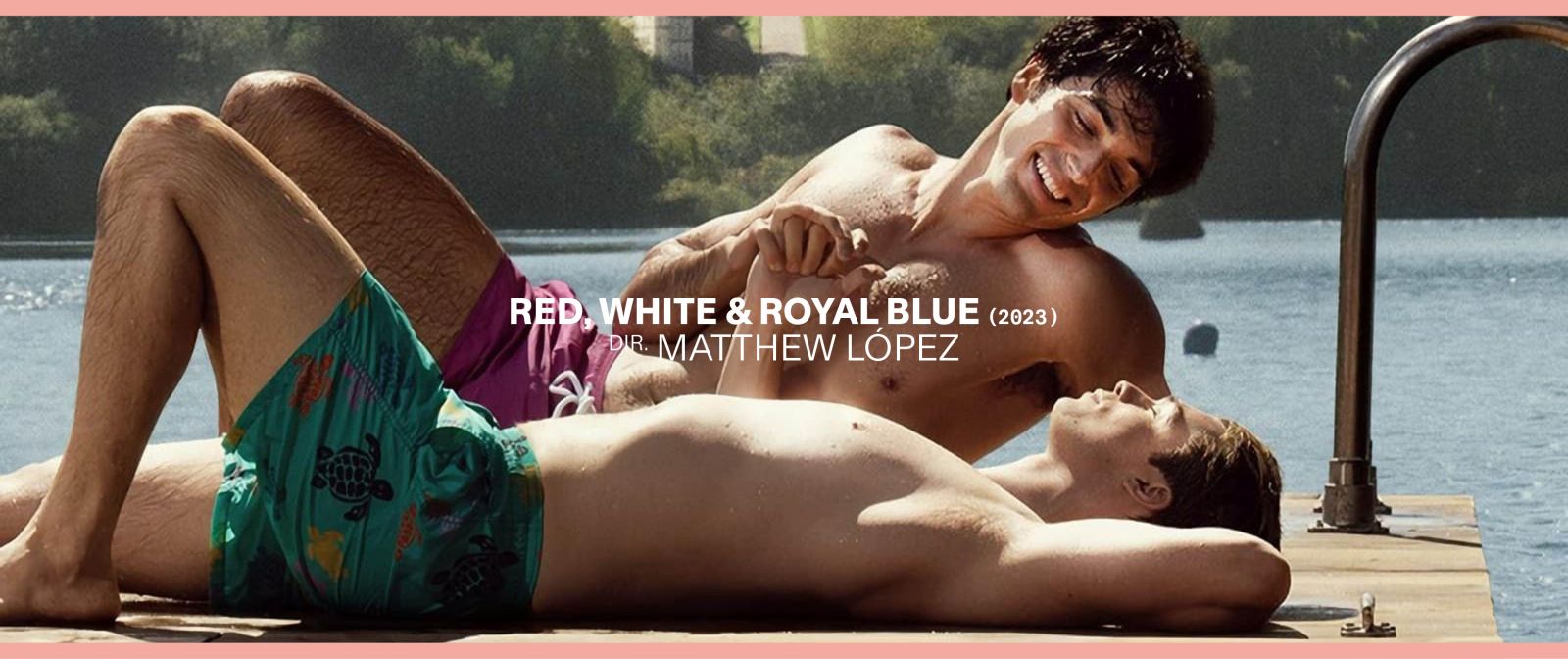
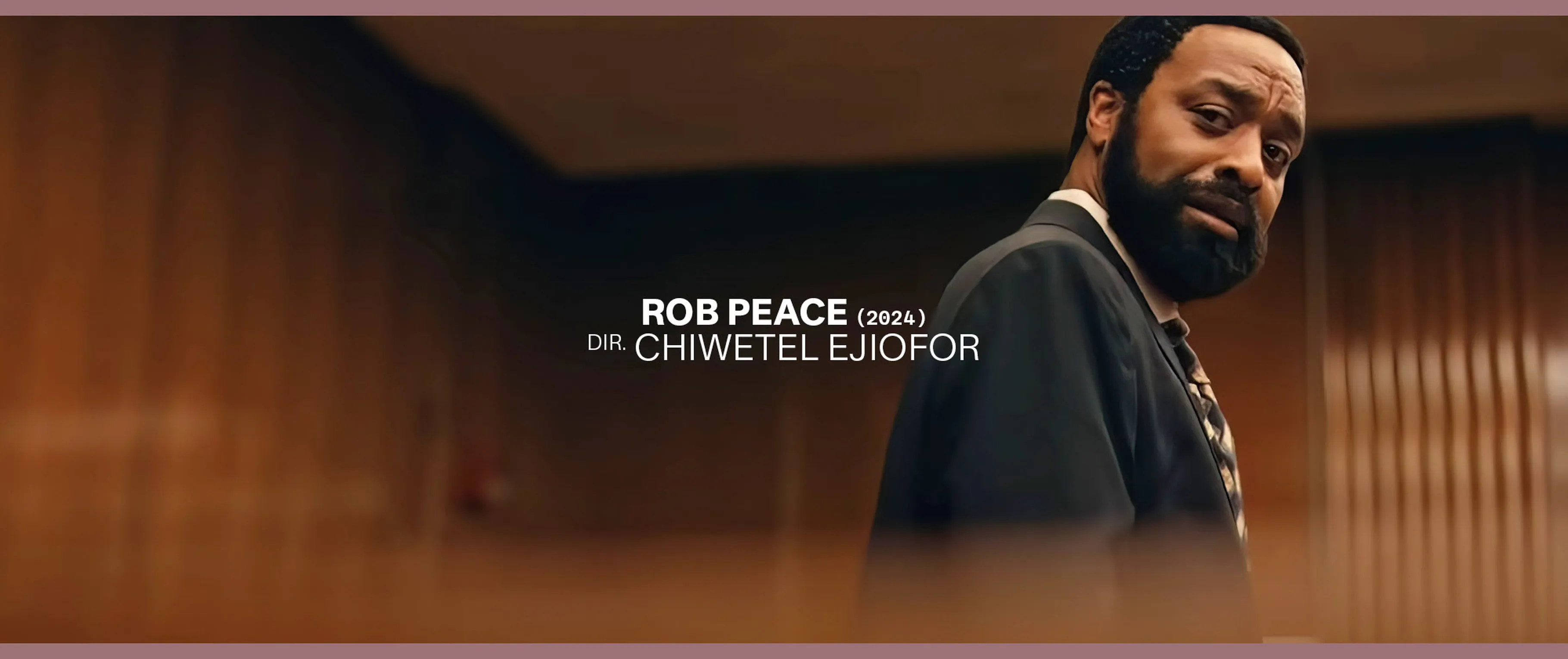
When I ask my daughter what she likes about these films, she says they are “pretty.” I think I understand what she means. The teen films that she prefers are color-saturated spectacles, spangled with cute animations and fizzy pop songs. And then there are the costumes: gorgeous hyperbolic things, vertiginous heels and minuscule skirts and spray-on jeans and preposterous letterman jackets with shoulders so wide you wonder how some of these boys fit through a door. No doubt some of the appeal lies in the exoticism of the U.S. high school, wittily celebrated in Charlie Shackleton’s tribute to the teen movie, Beyond Clueless (2014).
And when I think of the rom-coms that I grew up watching—Pretty Woman (1990), While You Were Sleeping (1995), When Harry Met Sally… (1989)—I too am struck by their aestheticism. Images of Julia Roberts’s thigh-high PVC boots, Sandra Bullock’s cable knits, Meg Ryan’s strapless party dress dance before my eyes. She’s right, these films are pretty.
There’s more to this prettiness than mere looks, though. Pushed, my daughter admits that she is drawn to the mutual exclusivity of the romantic couple. I consider what it is like to be a girl of 11 years old, an age when relationships are capricious and fickle things. Her extended circle seems to use platonic friendship as a dry run for romance: pledging devotion to a favored pal only to fall out some days later as the group dynamics reconfigure themselves. How reassuring it must be to be told that in time you will be picked, once and for all. That someone will see in you something that singles you out, makes you special, if only in their eyes.
From left: Pretty Woman, dir. Garry Marshall, 1990; Some Kind of Wonderful, dir. Howard Deutch, 1987; The Notebook, dir. Nick Cassavetes, 2004; When Harry Met Sally…, dir. Rob Reiner, 1989
Much has been made of the ways in which rom-coms use strategies of suspense and deferral to hook their spectators (how, we wonder, will all the obstacles finally be overcome?), but as writer Kyle Stevens has pointed out, one appeal of these films is their predictability. Be patient, they tell us, and eventually it will be all okay. The shadowy terror of loneliness is, after all, at the bottom of so many rom-coms: Watch these films backwards, writes journalist Eva Wiseman, and “you end with a white girl in a kitchen, wanting more.”
Of course some of the best examples of the genre give the lie to that promise of happily ever after. I’m personally a fan of what philosopher Stanley Cavell called “remarriage comedies,” by which he meant those screwball rom-coms of the 1930s and ’40s—The Awful Truth (1937), Adam’s Rib (1949), The Philadelphia Story (1940)—in which already married couples fall apart and come back together, demonstrating in the process that romantic love involves daily commitment. I struggle to convince my daughter of their appeal. Like me, she adores the costumes that decorate these films, the stately Connecticut mansions and elegant New York apartments, but she finds their gender dynamics rather strange. She wrinkled her nose at Katharine Hepburn’s sighed pronouncement that men are “wonderful,” failed to see why gorgeous, sexy Barbara Stanwyck would waste her time with the priggish Henry Fonda in The Lady Eve (1941), and was flat-out appalled by Clark Gable’s declaration, in It Happened One Night (1934), that what Claudette Colbert “needs is a guy that’d take a sock at her once a day, whether it’s coming to her or not.”
Most days, after the homework is finished, my daughter slips off to our spare room to watch her romances while her younger brothers hurtle toward the games console, shoving and shouting and jostling for control of the handset. But after a little while, a strange, centripetal force pulls them upstairs and toward the TV, where teenage boys and girls are meeting and flirting and missing connections and misunderstanding one another and coming together again, just in the nick of time. Disturbed by the sudden quiet, I go to check what’s happening and find the three of them there, captivated.
Of course, boys aren’t meant to like romance. Or at least they’re socially conditioned not to admit it. Consider the reaction of a young Fred Savage in The Princess Bride (1987), aghast at the prospect that he might have been duped by his kindly grandpa (Peter Falk) into listening to something smushy. (“Are you trying to trick me?” the boy asks, suspicion in his eyes. “Where’s the sports?” And as the penny drops: “Is this a kissing book?”)
“Like fairy tales, rom-coms are governed by a strict set of moral principles: The nice loser will eventually find true love, the queen bees and bullies invariably end up alone.”
Like little Fred, though, it turns out that despite their protestations, my boys don’t mind the romance stuff so much; in fact they rather like it. Perhaps they too long for certainties. After all, rom-coms are, like fairy tales, governed by a strict set of moral principles: The nice loser will eventually find true love, the queen bees and bullies and inauthentic saps invariably end up alone. A more moderate variant on that trope reveals the chief antagonist to be as lost and lonely as our star-crossed lovers. Back in my day it was Some Kind of Wonderful (1987), in which Lea Thompson’s Waspy Amanda walks away from her boorish boyfriend not to be with the romantic hero (whose heart really belongs elsewhere) but to be alone. In the last handful of years, Sierra Burgess Is a Loser (2018) and The Half of It (2020) find Amanda’s modern-day equivalents in queer love triangles, which remain—unusually—unresolved at the film’s close.
The hints at polyamory that these films drop are the exception rather than the rule. For the most part, the monogamous couple continues its reign over the rom-coms that soundtrack our Saturday nights. But my daughter is teaching me that I am wrong about certain other aspects of the genre. She points out that the stars of those films I’m so quick to dismiss as racially homogenous often feature multiethnic casts. She reminds me that we have recently watched the series Never Have I Ever (2020–2023) and the feature Rye Lane (2023), which place Indian Americans and Black Brits, respectively, front and center. She shows me films such as Love, Simon (2018), Crush (2022) and Red, White & Royal Blue (2023), and TV shows like Heartstopper (2022–2024) and XO, Kitty (2023–), in which the central couple is same-sex and plots are thickened with a sprinkling of bisexuality.
![<I>The Half of It</I>, dir. Alice Wu, 2020]() The Half of It, dir. Alice Wu, 2020
The Half of It, dir. Alice Wu, 2020![<I>The Kissing Booth</I>, dir. Vince Marcello, 2018]() The Kissing Booth, dir. Vince Marcello, 2018
The Kissing Booth, dir. Vince Marcello, 2018![<I>Sierra Burgess Is a Loser</I>, dir. Ian Samuels, 2018]() Sierra Burgess Is a Loser, dir. Ian Samuels, 2018
Sierra Burgess Is a Loser, dir. Ian Samuels, 2018![<I>The Perfect Date</I>, dir. Chris Nelson, 2019]() The Perfect Date, dir. Chris Nelson, 2019
The Perfect Date, dir. Chris Nelson, 2019
It’s too soon to tell how my daughter’s romantic life will be shaped by these diffuse and multifaceted depictions of girls meeting boys, girls meeting girls, girls meeting boys and girls, but what these films offer her is a wider range of paths down which her heart might lead her. In important ways, love looks different on today’s screens from those of my own childhood. And that’s all to the better.
Still, some things remain the same. I first watched The Notebook (2004) with my mother and now-deceased grandmother, so when my daughter and I indulged it felt like a rite of passage. We mooned over the bucolic Low Country setting, the elegant ballrooms and effervescent tea parties, and of course Allie’s blue dress, the one she wears for that kiss with Noah in the rain. Four generations of women have swooned over Ryan Gosling lifting Rachel McAdams to his waist. Soppy face, it seems, runs down the maternal line.
